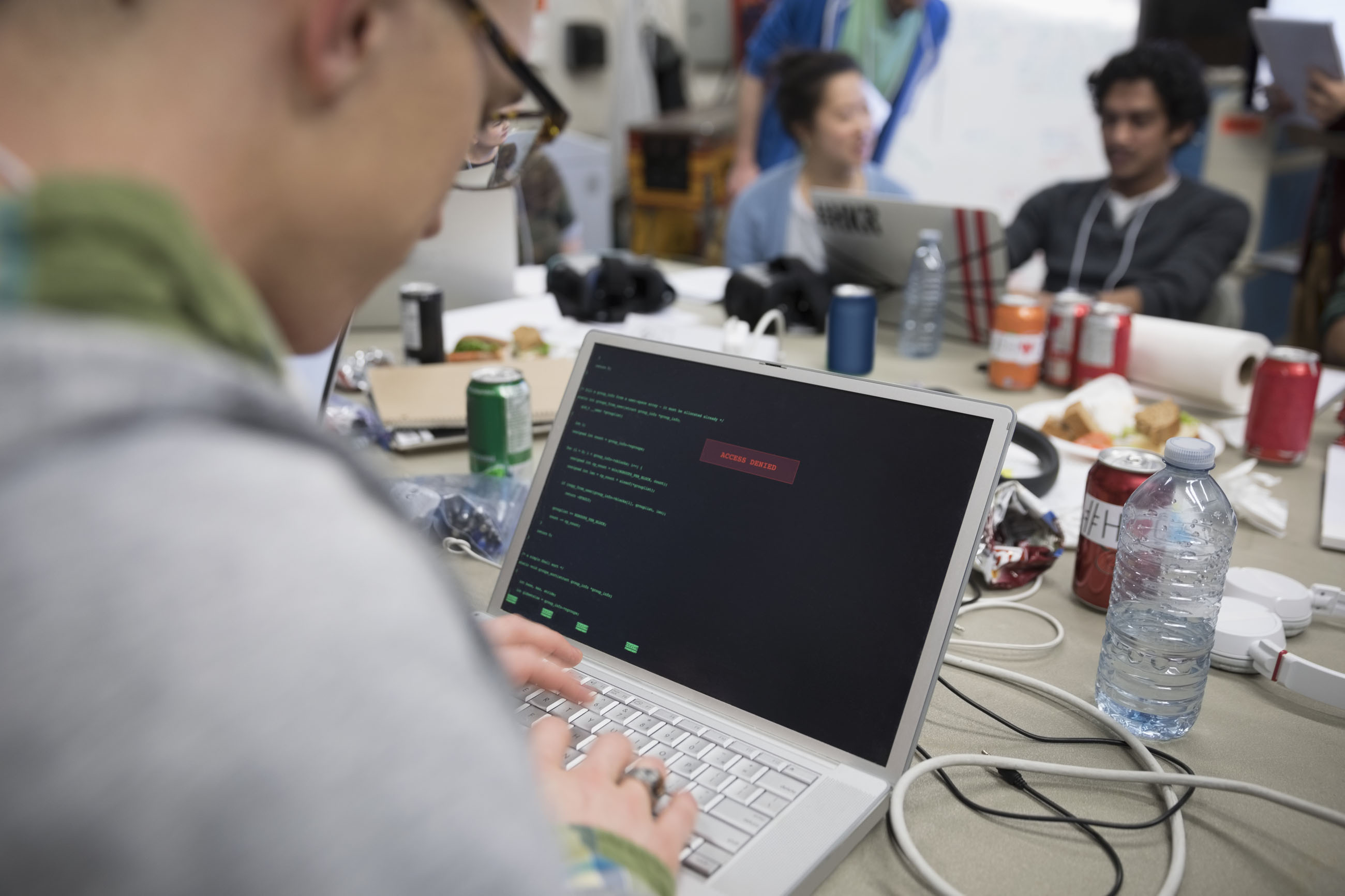The vision behind SAP and Microsoft’s inaugural ANZ hackathon late last year was to facilitate closer collaboration between the two brands, their developer communities, and the technologies that support them. This event was designed to break down silos and encourage innovation during a period of change and uncertainty in 2020.
Adeel Hashmi, AI and Robotics Leader at NTT DATA noted that the presence of Microsoft and SAP was very valuable and complimentary for those participating. “There are a number of different things that we could not have done alone. The part I liked the best from this hackathon was having options on both sides.
“Microsoft has a long history of development and SAP has a long history with software development & business processes and streamlining them. My own career is based off SAP and a mixture of open-source, so it was quite a good mixture in the end to have so many options present. For example, we wanted to make a dashboard, so we were able to compare, taking some options from the SAP side, like a bot, and some things from Microsoft, such as their screen development tools.
Being able to compare them was like being given an unlimited credit card to go shopping, choose what you want from the market, and then bring them together. That’s pretty much what we did.”
According to Adeel, the development of NTT’s Digital Concierge hackathon entry stemmed from the organisation’s own history in developing lifelike avatars. “I took some inspiration from that idea and decided to give it more of a COVID theme. We referenced Microsoft and found that you can have IoT representation of the entire building. You could have people moving around, you could have IoT sensors attached, and you could actually mimic an entire building.”
Adeel noted the great support given to his team through Microsoft and SAP mentors. “They were a really responsive lot. With their help, we found that we wanted to do some voice synthesis, so we latched onto another API on the Microsoft side, which could convert voices into text.
“This was another part of the research I was doing in the AI space, where you can give the entire employee guidebook to the avatar and it will use open-source algorithms to search that PDF file and come up with an answer. We fed in the employee guidebook for our Copenhagen office, so when they ask when lunch is served it will tell them the answer, and they can change the location to get a different answer.”
Combining these technologies allowed NTT’s team to demonstrate various functionalities and benefits at once. “To top it off, we wanted to put out something that would be very difficult to compete with,” Adeel added, “so we used a photo of Natalie Portman to animate the avatar. Towards the end of our demo, she actually speaks, saying whatever data the system has read back to it.”
Adeel said accessibility was a primary focus when implementing text-to-speech and voice-to-text. “Our technology shouldn’t always be for those that can see and hear at the same time – other people should be included. That was our main reason, but there was also the coolness factor. You can actually synthesise the voice of a real human.
“Cortana’s voice is synthesised in Microsoft and those voices sound really mechanical, you can tell that’s a robot talking to you. Deep learning has progressed to a point where it can listen to you and I talking, talk and begin mimicking one of us. It will be very difficult for a human to tell that it’s not really a person. That sort of thing has progressed, and we wanted to show that – it doesn’t have to be mundane, boring responses from a computer; it can be very lifelike.”
As social distancing practices and restrictions change the ways we interact with one another, they will determine how NTT’s Digital Concierge solution is implemented across offices, shopping centres, and beyond.
“More and more people have gotten used to working from home,” Adeel explained, “so we prefer now to not get too close to other human beings we don’t know. There will be preference, especially with 24-hour service, for an avatar that can dedicate a spot, talk to someone in a lifelike manner, and understand the actions said to them – that’s the way this thing is going.”
Adeel also expressed how these lifelike avatars combined with intelligent sensors and AI technologies can be used in car showrooms and for homeschooling, providing more convenience and human connection in the way we access and share information.
To see more from the teams that presented at last year’s hackathon or to learn about the upcoming SAP and Microsoft hackathon in May 2021, click here.



